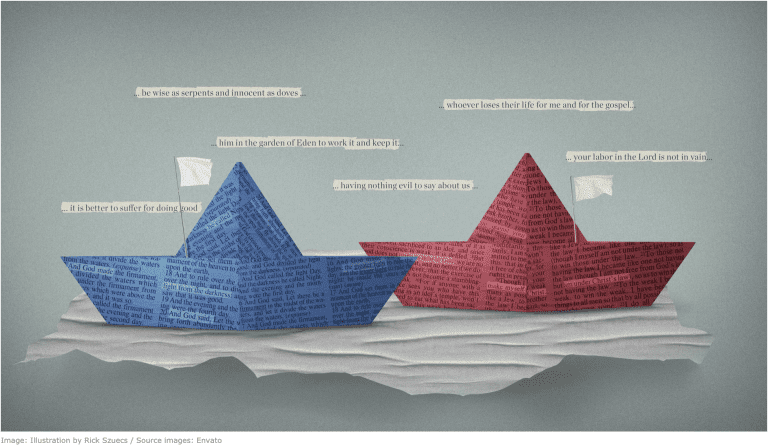I have written on the influence of our culture lens on our theology and view of contextualization. (My forthcoming article in April will apply this principle to the gospel in particular).
 I want to give a brief and rather humorous example how our culture influences the way we read Scripture. While grading one of my student’s papers from my Systematic Theology II class, the following explanation was given for why Adam and Eve wore loincloths,
I want to give a brief and rather humorous example how our culture influences the way we read Scripture. While grading one of my student’s papers from my Systematic Theology II class, the following explanation was given for why Adam and Eve wore loincloths,
“人类始祖犯罪后,因 . . . 惧怕冷 就用无花果树叶编裙子穿戴 、遮蔽.”
In short, the student said that because they were afraid of the cold, that is why our ancestors wore fig leaves to cover themselves! To those of you who know Chinese culture well, Chinese people are deathly afraid of the cold. Unpacking this one dynamic would require an entire blog post. I sometimes joke that Chinese people don’t say “Hi” or “Hello” (“你好”); instead, they simply ask, “Are you cold?” (“冷不冷?”). So, let’s just say no one should be surprised to see this novel reading of the Genesis 3 story.
To a Westerner, this example may sound ridiculous. Have you ever thought about which interpretations other cultures or those in history would have thought equally odd? After all, let’s be honest –– so many of our doctrines are inferences deduced from certain propositions. Yet, some of those statements could be read in other ways, as if to imply a contrary doctrine.
So much of our theology derives from silence. Arguments from silence are not necessarily wrong, but they are weak. After all, the reader has to add some sort of logic to fill the silence.
I was awakened to this in seminary when I was talking to a friend who holds to infant-baptism. By the way, I affirm the teaching that only believers should be and truly can be baptized. I pulled out the common baptistic arguments and he aptly replied with a flurry of counter speculations to explain the New Testament’s silence specifically related to infant baptism (i.e. there are no clear examples of infant baptism, nor is there direct discussion about infants receiving baptism). My friend’s arguments from silence persuaded me as much as my arguments from silence had persuaded him.
Contextualization begins with interpretation.
What happens if we are not humble about the limitations of our cultural lens? What happens if we fail to recognize the simple fact that much of our theology result from using our cultural lens to give our best guess to the meaning of a text? Our theology will then shape our methods. Contextualization is a systemic issue that affects the entire Christian life.












